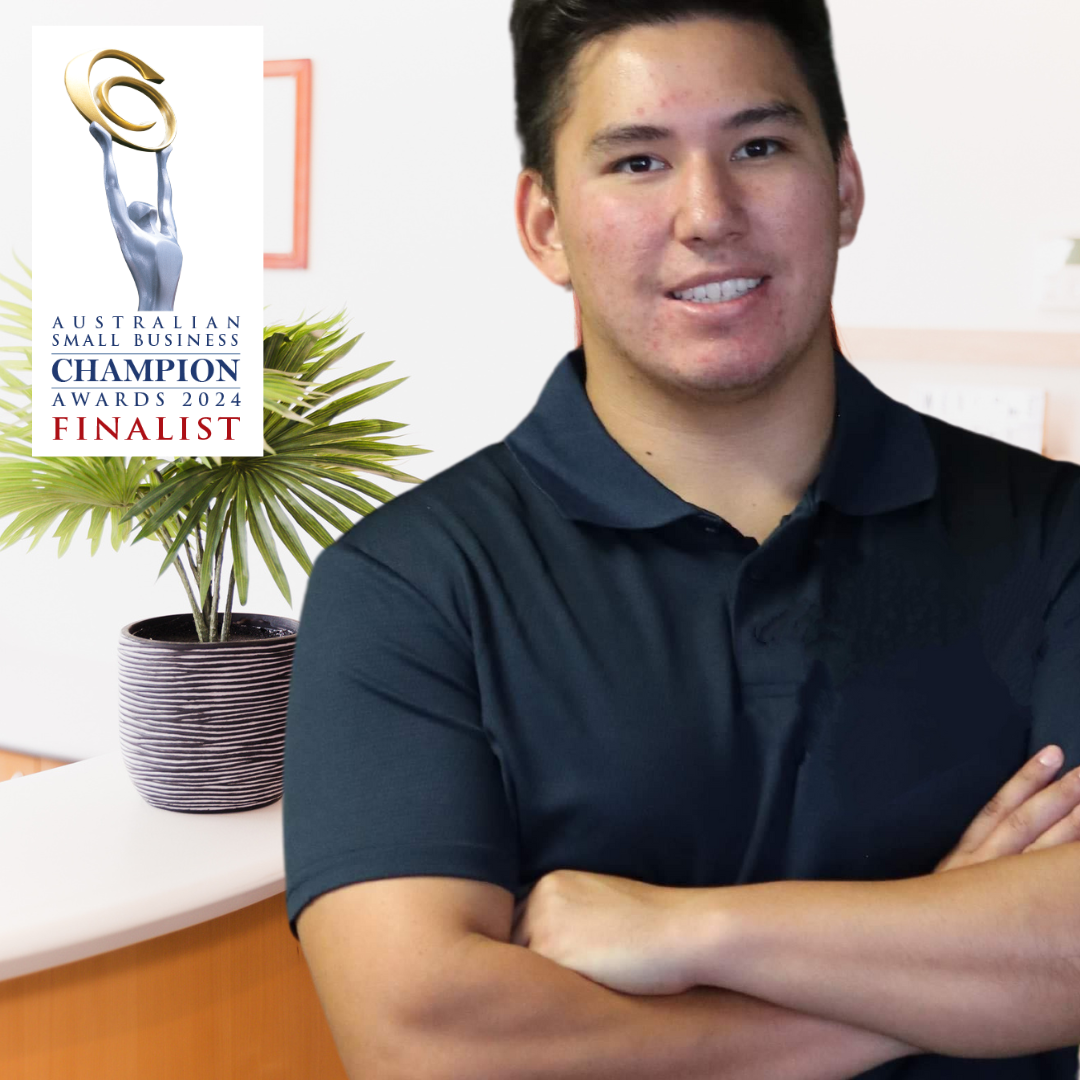|
Ethan Farr, Remedial Massage Therapist Let me introduce myself. My name is Ethan Farr, and I am deeply passionate about the profound impact that remedial therapy can have on enhancing our quality of life. I am very excited by the opportunity to work at Simple Wellness Myotherapy. My professional journey has been shaped by a relentless pursuit of knowledge and a strong belief in the healing potential of exercise and therapeutic intervention. My educational path began with certificates III and IV in Allied Health, providing me with a solid foundation in understanding the intricacies of human anatomy, physiology, and rehabilitation principles. This groundwork laid the cornerstone for my subsequent pursuits in the field of exercise science.
I furthered my studies with a Bachelor's degree in Exercise and Sport Science, specialising in exercise physiology. Through this rigorous program, I gained a comprehensive understanding of how exercise can be tailored to address specific health concerns, optimise performance, and promote overall well-being. This knowledge formed the foundation of my belief that exercise truly is medicine—an ethos that continues to guide my practice to this day. Driven by a passion for hands-on healing and a desire to provide relief to those in pain, I pursued a Diploma in Remedial Massage. This immersive experience allowed me to develop expertise in the art of therapeutic touch, honing my skills in alleviating muscular tension, reducing pain, and promoting relaxation. But my thirst for knowledge and commitment to excellence didn't stop there. Currently, I am engaged in studying an Advanced Diploma of Myotherapy, delving deeper into the intricate mechanisms of musculoskeletal health and therapeutic interventions. This ongoing pursuit of mastery enables me to stay at the forefront of evidence-based practices and deliver optimal care to my clients. Beyond my professional pursuits, I am fueled by a diverse array of interests and passions. From my dedication to fitness and gym workouts to the adrenaline rush of Thai kickboxing, I embrace physical activity as a cornerstone of my lifestyle. As an avid gardener, I find solace and connection in nurturing life and tending to the earth. Additionally, my fascination with technology drives me to explore innovative ways to enhance the delivery and efficacy of remedial therapy. In the realm of personal life, I am blessed to be a devoted father to an extremely energetic 2-year-old son and two less energetic loyal canine companions. My family, both human and furry, brings boundless love, joy, and inspiration to my life, reinforcing my belief in the profound connections between physical, emotional, and social well-being. Through my experiences working alongside physiotherapists and exercise physiologists during my placement hours, I have witnessed firsthand the transformative impact of exercise prescription and personalised rehabilitation plans. It is this collaborative approach to holistic health care that drives my passion for remedial therapy, as I firmly believe in empowering individuals to take control of their health and reclaim their vitality. Now that you know a little bit about me, I look forward to meeting you and assisting you in working towards a pain free lifestyle through the use of both hands on therapy and through tailoring an exercise plan to get you back and better than ever. Please feel free to contact me at Simple Wellness Myotherapy either by phoning the clinic on 03 8204 0970 or email me at Hello@simplewellness.com.au, or you can book in online for an appointment so we can start treating that pain right away. |
Meet Our Team
We have a team of great practitioners available 7 days a week at our Rowville clinic. Archives
April 2024
Categories
All
|
Got a question about Myotherapy?
Contact Mel by phone, email or Facebook


 RSS Feed
RSS Feed